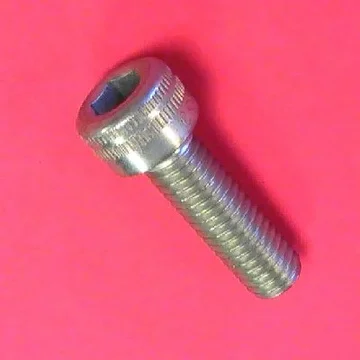RufusTheDufus
SILVER Star
Yet another turbo buildup thread.
I'm doing a log manifold for the H diesel in my 1980 HJ45 Troopy. There's really not much available out there for adding a turbo to an H so I figured I'd just do one myself. I know it's not the ideal engine for a turbo but I already have it so I might as well use it.
I had to replace the pistons so I did a valve job at the same time. (The replacement pre-cups are still on order.) It's the perfect time to add a turbo.
The only "special" thing about my buildup is a little fun with Solidworks designing an exhaust manifold mounting flange. I had them laser cut by Laser Cutting Services in Oregon.

The manifold will be made from 2" square 316L stainless. It's maybe not the ideal material but it's relatively cheap and easy to work with.
I'm guessing the total cost of materials for the project will be $450 to $500. That's a pretty cheap turbo setup if it actually works.
For more pictures and details see my blog at Parts is Parts | Rufus The Doofus
I'll also post more photos and updates here as I make progress.
I'm doing a log manifold for the H diesel in my 1980 HJ45 Troopy. There's really not much available out there for adding a turbo to an H so I figured I'd just do one myself. I know it's not the ideal engine for a turbo but I already have it so I might as well use it.
I had to replace the pistons so I did a valve job at the same time. (The replacement pre-cups are still on order.) It's the perfect time to add a turbo.
The only "special" thing about my buildup is a little fun with Solidworks designing an exhaust manifold mounting flange. I had them laser cut by Laser Cutting Services in Oregon.

The manifold will be made from 2" square 316L stainless. It's maybe not the ideal material but it's relatively cheap and easy to work with.
I'm guessing the total cost of materials for the project will be $450 to $500. That's a pretty cheap turbo setup if it actually works.
For more pictures and details see my blog at Parts is Parts | Rufus The Doofus
I'll also post more photos and updates here as I make progress.





 It is called C.R.A.F.T.= can't remember a flaming thing.:
It is called C.R.A.F.T.= can't remember a flaming thing.:
